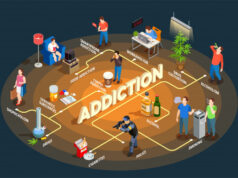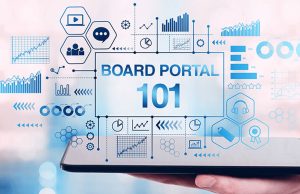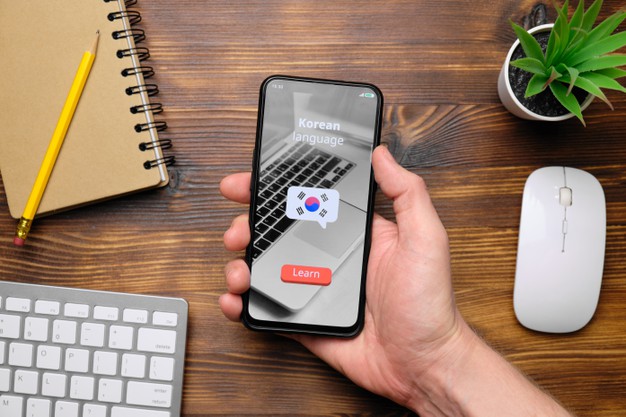
Boy bands and girl groups, skincare, K-Dramas, and K-Pop, Koreans are taking over the entertainment and beauty center stage by storm, topping the global music and beauty sales charts. The world’s strong affinity to everything Korean has stirred a renewed interest in the culture, most notably, the Korean language.
As influenced by the Japanese and Chinese languages, the Korean language is expressed in characters too. It can be intimidating to learn, as the characters look way different than the symbols some people are used to seeing and writing.
The good news is, you can tap your brain’s ability to recognize and recall words or characters through visual cues. Learning to read Korean can be a walk in the park if you follow these guides:
Determine your learning style

Whether studying for an important exam or presentation or learning any secondary language, it helps to know which mode of learning applies to you best. Learners are divided into four major categories according to the VARK Learning Model, as developed by Neil D. Fleming and Coleen E. Mills:
Visual learners

As the name implies, visual learners absorb knowledge better by seeing and observing things. The best tools for visual learners include pictures, diagrams, written directions, index cards, and more. In class, visual learners are the ones who love to take notes.
Auditory learners

For these students, listening to lectures in .mp3 format or via an audiobook work better than visual cues. Auditory learners usually prefer reading out loud when reviewing or memorizing the lessons. Video lessons may also work for them better too.
Reading/writing learners

These students opt for the written words and learn better through writing, reading articles or books, checking out a text-heavy visual presentation, keeping a journal writing in diaries, looking up words in the dictionary and searching the Internet for just about everything.
Kinesthetic learners

Also called a tactile learner, a person who prefers this style learns better by experiencing, touching, or acting out the concepts being shared in a class. Kinesthetic learners typically need to be on the move, for instance, pacing back and forth, while studying.
Once you know what works best for you, you can choose the type of resources you need to learn any kind of language. Take note, however, that most people can have two or more learning styles.
Learn Hangul
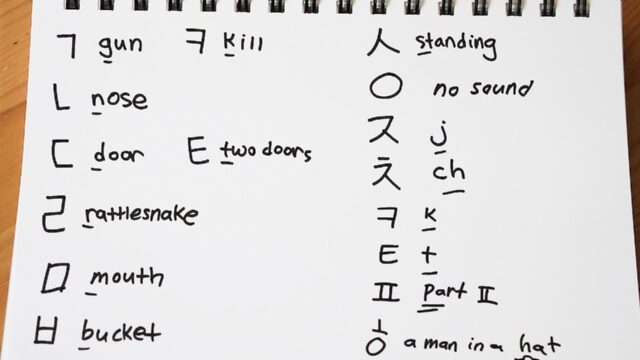
Hangul (or Hangeul) refers to the Korean alphabet which has been in existence since the 15th Century A.D. It’s said to be the most scientific alphabet in the world—made to reflect the shape of the mouth, or the shape of the tongue and mouth as one pronounces a specific syllable or word. It consists of 14 consonants and 10 vowels and combinations of these letters represent five (5) double consonants and 11 diphthongs. The letters are further grouped in clusters of two, three, or four, which form syllables and words.
Korean texts are formed in syllabic blocks with the alphabetic letters arranged in two dimensions. They’re likewise written from left to right with spaces between words and punctuation similar to the western way.
Learning the Korean language is the cornerstone for reading Korean characters. If you can master the characters and the corresponding sounds, you’re good to go.
Here are some ways to learn Hangul faster:
- Use online sources. You’ll never run out of useful materials online about the Korean language and how to practice it properly.
- Take lessons. If you prefer to study in person, enroll in reputable language schools such as Hana Korean. Follow the curriculum religiously, and don’t skip lessons. If you’re a visual learner, don’t forget to take notes.
Be proactive and ask a friend or a buddy to help you out.
- Have a study buddy. If you feel a little confident about your skills, ask a Korean friend to speak to you or look for a book or any material written in the said language. Spend, at least, one hour daily studying it.
- Use flashcards. Another preferred learning modality for visual learners, flashcards are immensely helpful in allowing yourself to read Korean with ease. Write the Korean characters in front and it’s English (or your native language’s) translation at the back. Ask a friend to help you out with a regular quiz.
- Listen to an audiobook or watch a video. For auditory learners, watching your favorite K-Drama may help you learn Korean faster. Watch the show first and look for contextual clues in an attempt to understand the show. Don’t hold back and play the replay button a number of times and, finally, turn on the English subtitles.
- Be a sponge. Absorb everything and be hungry for more knowledge. Choose words you don’t understand, list them down, and discover what they mean. Pick up new words, and don’t be ashamed to expand your vocabulary. Don’t forget to familiarize yourself with the Korean language sentence structure.
Tap the Peg Memory System
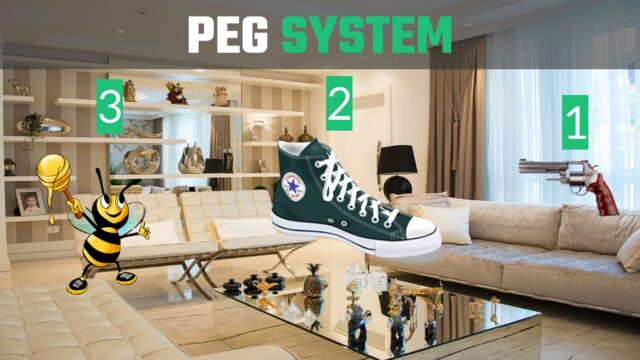
The peg system is a memory technique that uses a “hook” from which to hang associated words. The Peg System allows you to remember the numerical position of items in a list in sequence or out of sequence. Numbers are typically associated with a rhyming mnemonic word. For instance, one is usually given the rhyming mnemonic word, “gun”. Two is for shoes, trees for trees, and so on.
There’s no hard and fast rule on the specific words that you have to associate with the numbers. As long as you know basic Korean words and how they sound, you can be as creative as possible.
Memorizing the first rhyming list of 10 Korean words lets you create your own system for expanding your Korean vocabulary.
Start with “Konglish” words
If you’re a beginner, try to find Korean words that sound like English words so that you can establish a better association in your mind. You won’t have a hard time doing this as there are a lot of Korean words that sound eerily similar to English words. There’s even a term for it: “Konglish” (Korean and English combined).
Learn by association

When you look at how some of the words are written in Korean, you’ll see a pattern. That’s mainly because they belong to the same word family. Look for the root word for the word family, and you’ll discover what the word means. This allows you to memorize Korean words more easily. It may not help you become a speed reader, but you’ll be able to learn more systematically.
Learning by immersion
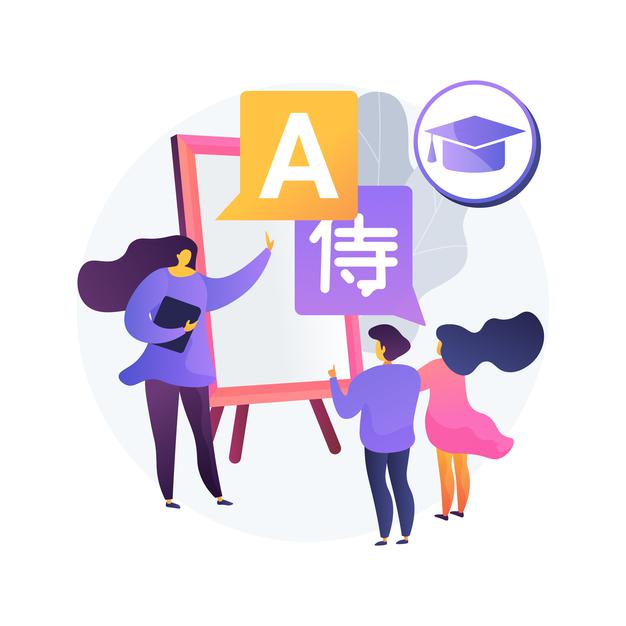
Kinesthetic and auditory learners may find that immersing themselves in K-Pop music helps them read and speak the language better. More than keeping updates on the biggest music giants in the industry, listening and singing along with your K-Pop superstars can help you work on that fluency more effectively. Learning a new language with music as a medium is a popular and effective technique for those wanting to enjoy while keeping focused on improving their vocabulary.
Final Thoughts
Our brains are said to absorb knowledge faster as we become more inclined to recall information when studying in a stimulating environment. Depending on your preferred learning style, the stimulating environment can be generated through reading, watching, listening, singing, dancing, or just immersing yourself in the language. By doing these things consistently and staying motivated, you’d be speaking and reading Korean words in no time!





